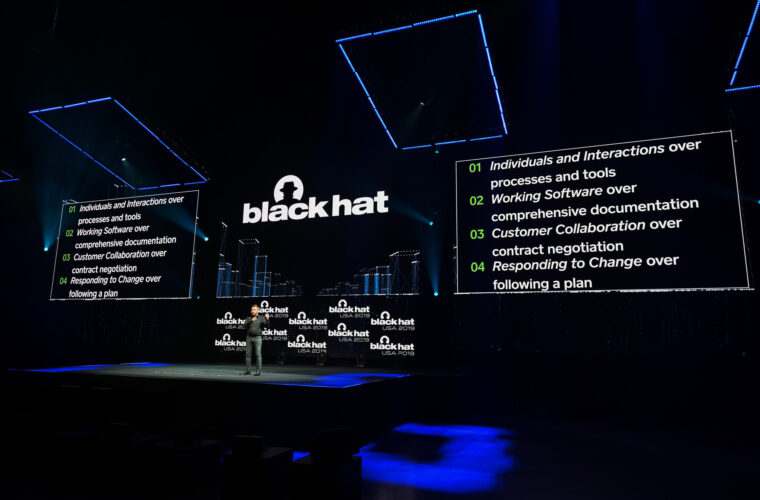Technology continues to surprise us with its array of advancements – from high-end gadgets that could talk back to us to smart devices and smart homes. All one needs to do is make a few gestures to enable the technology function as intended. Want to order a cake? Alexa, please order a mini black-forest cake for me? Simple.
That’s not all, smart homes are a new rage. Undoubtedly, they are highly convenient and comfortable. And why not? Most (if not all) devices are connected to the internet and can be controlled with just a few taps and clicks here and there.
Not in the room? No worries. Lights will be switched off automatically. The garage door can open on its own on detecting your car. And the examples are endless.
While all this sounds great and all, smart homes are in dire need of cybersecurity. This is all thanks to the readily available data, which if accessed by the wrong hands, can have serious repercussions.
No, IoT Devices and Smart Homes Are Not Immune To Hacking
Let’s admit that crucial data is not limited to phones and customers anymore. More sensitive information can be obtained through your smart home and IoT devices– from your activities, and daily routines.
It is not rocket science for a hacker to find out the time when you leave the home and when you are back. Or even worse, to spy on your camera. The vulnerabilities are endless. What if a cybercriminal accesses your smart thermostat data and studies the pattern to figure out when you are home? Or what if someone accesses the information that you shared with Alexa?
A 2017 report published by Symantec revealed that at the times of peak activity, an average IoT device got compromised once every two minutes. And you thought they are secure?
As a matter of fact, IoT devices are prone to get compromised, also because of the Wi-Fi vulnerability. Cybercriminals can hack your WiFi connections, and get quick access to all the devices operating on it.
IoT devices are just another opportunity for hackers to intrude into their personal lives. Want to see how easy it is? Hackers can trigger DDoS attacks by making the most out of thousands of unsecured devices. They can play with your IT infrastructure, make a server go down, and jeopardize your IoT networks, and threaten lives.
To bring this more into perspective, let’s have a look at the worst IoT hacking vulnerabilities that we have witnessed so far.
IoT Hacking and Vulnerabilities We Have Witnessed So Far
The Mirai Botnet
This is perhaps one of the largest DDoS attacks that shook the IoT industry in October 2016. A service provider Dyn was attacked. An IoT botnet was used as a medium. The attack was so massive that a large portion of the internet went down, including CNN, Twitter, Reddit, and Netflix.
The IoT botnet was infected with a malware called Mirai. As a result, involved computers continually kept searching the internet for detecting vulnerable IoT devices and used default usernames and passwords to login. They further infected these devices with malware, and the rest is history.
The Owlet Baby Heart Monitor
Owlet baby heart monitor was launched in the market with honest intentions of alerting guardians when their babies experience heart troubles. But this IoT device had its vulnerabilities – it could be crippled by a sinister party, all thanks to its embedded computing.
The connectivity element made them hack-able and if developers don’t take appropriate steps to take care of this at the hardware layers, we will keep coming across unfortunate stories.
Home Network Accessed Through Router
This one left us appalled. This happened in 2018. VPNFilter malware ended up infecting more than half a million routers in more than 50 countries. The application was malicious enough to install malware onto devices and systems connected to the router. What’s more, it was also able to block network traffic and collect your passwords.
The Webcam Hack
TRENDnet is a popular name when it comes to offering cameras. The company launched its range of cameras, called SecurView Cameras for a range of needs like home security and baby monitoring.
However, their cameras had a major loophole – it let anyone with the IP address of the camera look through it, and listen as well.
Things Can Get Much Worse
According to experts, IoT devices will become more popular by 2025 as there will be more than 75 million connected IoT devices. More IoT devices would mean more opportunities for hackers.
This is why it is highly recommended to keep your home network safe. Research properly before purchasing a smart home device. Also, make sure to change their default username and password– while this seems to be an obvious step, an estimated 15% of IoT owners do not do that.
Further, you must keep your smart home devices updated with the latest version of the software. Although connected devices bridge a huge gap in our lives, they also make us more prone to cyber crimes and attacks. This is why both IoT consumers and manufacturers must exercise the best cyber security mechanisms to stay on top of any such threats.



